BioBlitzing, and other matters of import
Getting outside and meeting the neighbours - plus a free offer
‘In the fading year, potters a Coleopterist, poking through rotting leaves’
- W HAuden
… lifted far above the confusion, the strife, and the labor of the everyday world of men, high amid the solitude of the eternal hills, the only sound in our ears the musical rush and falling of water down its rock bound channel, stretched coatless on the short warm turf with arm submerged to the shoulder to pick out the beetles…’
- from Common Beetles of the British Uplands, published 1915
BioBlitzing 2024
For five days from 1-5 August we once again participated in the annual Nature Conservancy Canada “Backyard Bioblitz”. I am unsure why they insist on using the word Backyard in the title as they openly say you can participate wherever you happen to be. I suppose it’s a bit of marketing speak? Anyway …
So how did we do?
We have taken part in a number of these events over the years - and they are a lot of fun as well as being a very effective means to take a snapshot of what wildlife and plants are around a locality on a given day, or range of days. Citizen Science, in fact.
We were travelling on the other side of Canada last summer so could not participate, but in the first year the Bioblitz was organized, 2021, we recorded 215 assorted species within easy walking of home and in our garden and with that were pleased and surprised to find that we had come 6th overall out of 1211 observers in Canada. In 2022 we upped the total to 259 species and came 7th out of 1782 observers. We did not have much expectation that we might achieve such dizzy heights this year. To be honest it was simply too hot for the first four days to spend the hours outdoors that are required, and far too wet on the fifth. For all that we did have fun and did some good science along the way. Of course, this isn’t supposed to be competitive at all 😉 🏆
In terms of numbers of species recorded we, and thereby our tiny town, settled down at around a respectable 24th out of all the observers in Canada*, with a total of 166 species. All observed within a 15 minute walk of our home in a relatively leafy suburb on the west of Montreal island. This year it was unbearably hot with humidex (‘feels like’) temperatures creeping up on 40C and high humidity meaning that day-long periods hunting “just one more” species have not been practical. Most species were plants - birds, like us, were generally skulking in the shadows trying to keep cool. (*note: “all the observers in Canada” for this event was in the region of 1300 … why so few in such a huge land?)
It would not be hard to find more plants, in particular, by going a little further afield. To the arboretum for example, but we like to delve deep by not travelling too far on this exercise. Keeping it very local. It adds proof to the fact that for all our houses and roads and environmental disturbance there is still plenty of nature right there to be enjoyed if we just take a moment to look.
15 species of birds (should have been more, but see comment about weather)
3 species of mammals (where are the skunks when you need them?)
16 species of insects and spiders (need photos for reports on iNaturalist and insects can be very small and fast moving)
133 species of plants (which stay still and don’t argue about having there portraits taken)
1 species of lichen
Apart from the personal interest that exercises such as this engender and the exercise that follows getting outside and simply looking it also adds weight to the mission, if that’s not too pretentious a word, of this 1001 Species newsletter. It is also very gratifying to know that our corner of the Canadian universe is so rich in biodiversity.
Many people who live in, or close to cities and towns assume that nature is only to be found somewhere “out there” in the wild beyond. They assume that their gardens and parks, all artificially maintained, are diminished in variety by the very presence of human development and have little or no “nature” at all. But they are wrong - there is a surprisingly rich and diverse natural history in even the smallest location - in my case a small town (fewer than 4000 residents) on the fringes of a major Canadian city. A similar record might equally be written for many other large cities; perhaps the one that you live in. After all, if you don’t look, you will never see. There are just a host of creatures and plants that have survived, almost out of sight, despite our intrusion into their habitat.
"To do things routinely, to take the same walk time after time, is not to see the same view over and over. It is to notice the incremental rate of natural change and to appreciate that nothing is ever repeated. I am often struck by the way, when one has had some deeply memorable encounter with an otter, say, or perhaps a sighting of a rare bird or butterfly, that the next day you see almost nothing at all. They are never in the same spot. Nature has a way of balancing its books but it also has a way of avoiding duplicates. Every time is unique. There is much to be gained by concentrating our wildlifing activities primarily in the areas where we live."
Mark Cocker - Claxton (Jonathan Cape, London, 2014)
Often, people (other than that very peculiar subset who don’t “see” nature and who find birds and insects to be little more than an annoying backdrop to real life) just need a starting point when they look at a bird or a flower or a bee and wonder what it is. Birders can view bird field guides. Lovers of flowers and trees can do likewise. Interested in mosses? That’s a bit harder as they are rather a niche subject, but the information is there if you are diligent. As for insects – after butterflies and moths, it all gets a bit more abstruse, but I encourage you to press forward.
All that is required is to open our eyes and look. If we assume that anything wild is a “weed” or “just a sparrow” and that insects are only either bees or bugs, some of which sting, then we miss so much. We like nature and want to preserve it – you can start close to home by caring for your wildlife neighbours and getting to know them. Maybe next summer you will join us in the NCC BioBlitz.
At which point, may I interpose a brief, and not unrelated, pitch? A couple of years ago I published a fully illustrated book that helps you to get an overview of the rich biodiversity I briefly mention above. Maybe you will enjoy looking at it? It is available at cost and I make no profit from sales. You can find out about it at this link: https://1001species.substack.com/p/1001-species-the-book
The title is 1001 SPECIES: A NATURAL HISTORY OF A SMALL TOWN. It is available in several formats, print, PDFand Kindle ebook
The garden is gratifyingly full of tall, flowering perennial native plants, most of which got battered by lengthy rain at both ends of the week (they most recent deluge being the all-time 24-hour rainfall record for Montreal - it was quite an experience) but have picked themselves up since. Pollinators are pollinating and birds are singing - especially our chum, the Carolina Wren who has come back to the garden after a spring and summer nesting elsewhere.
Free Photographs
A subscriber to my other Substack site (“Whilst Out Walking … “ ) generously suggested that I might offer some of my images for sale. I have no interest in asking money for what I do for pleasure, but I am happy to give print quality files to anyone who asks for an image from this 1001 Species site or from the other one. Details in the link below.
Some articles you might enjoy …
(1) Life goes on even after the frogs have gone: how one gardener regained his faith in gardening for wildlife
(2) I wrote this piece about garden ponds and birds back in the spring. As fall approaches and I am regularly receiving questions about ponds, it’s a good time to prepare for the other side of winter and be ready for those migrating birds once the snows have gone. Start digging.
https://1001species.substack.com/p/garden-ponds-and-spring-birds
(3) Protecting wild plants on “The Mountain” in Montreal
https://www.cbc.ca/news/climate/mount-royal-urban-parks-biodiversity-1.7288911
(4) Climate Change - time to be excessively gloomy (but probably realistic)



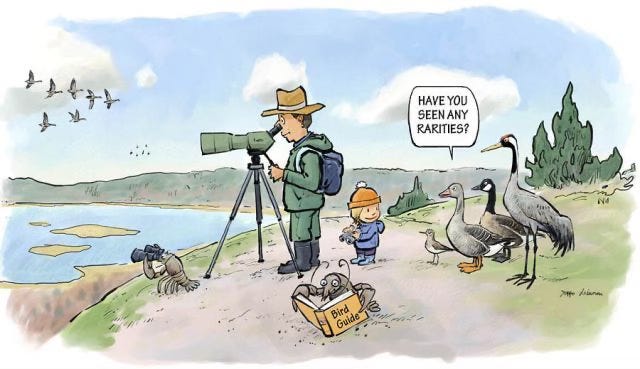

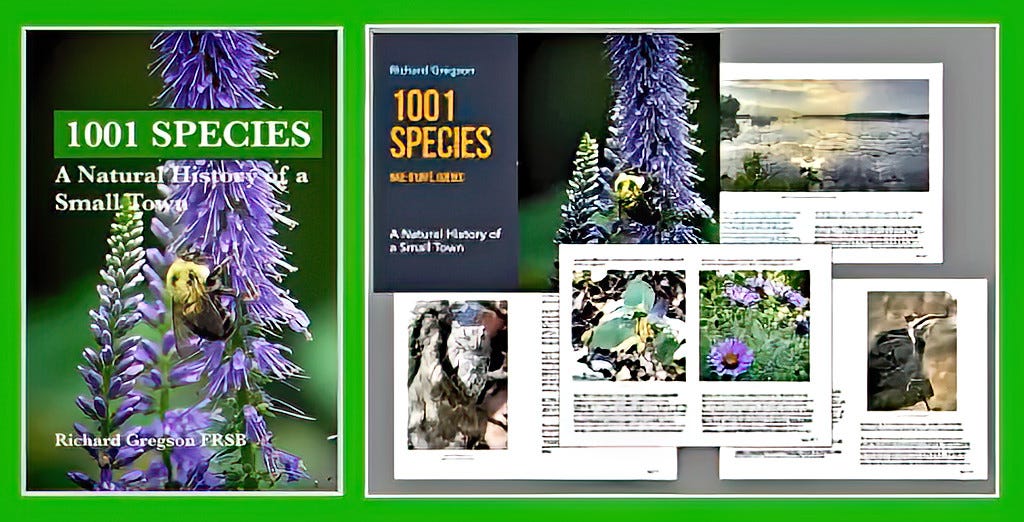

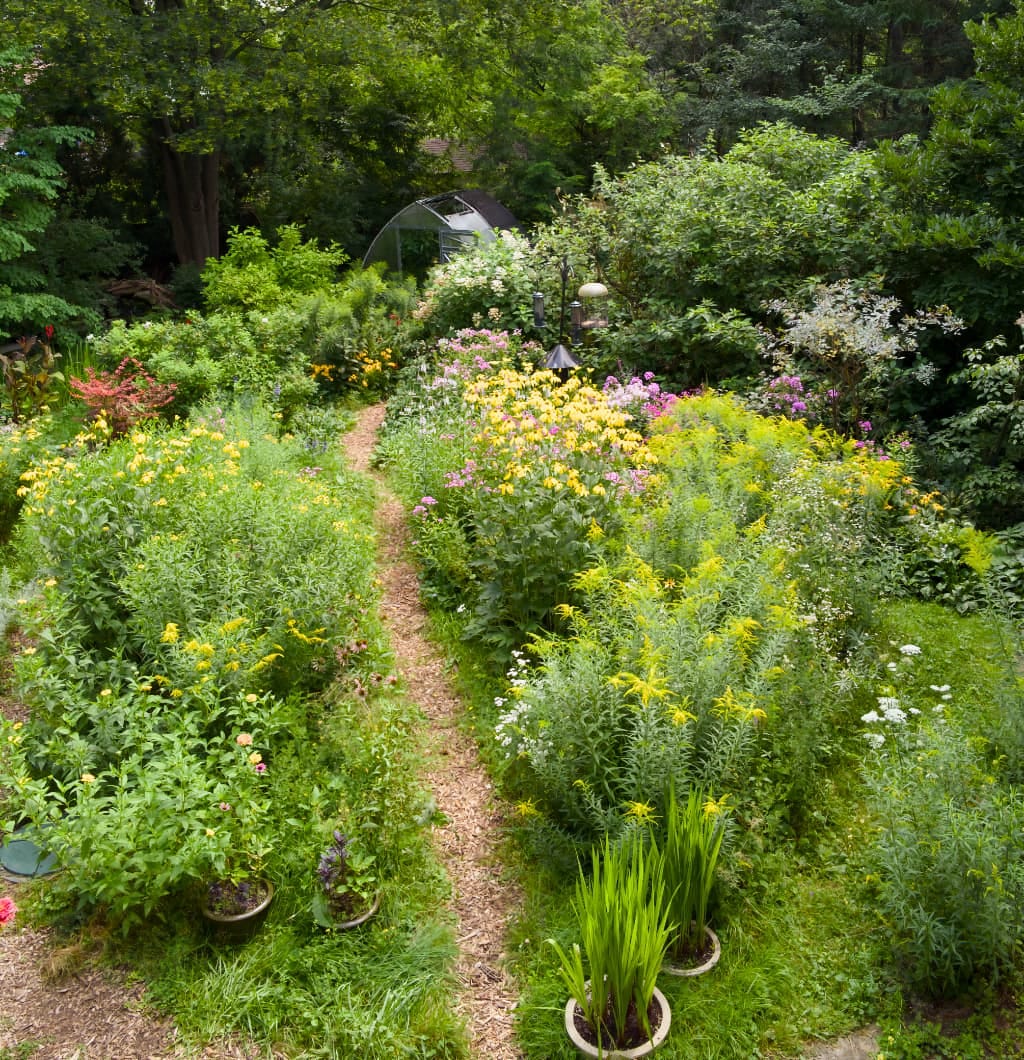
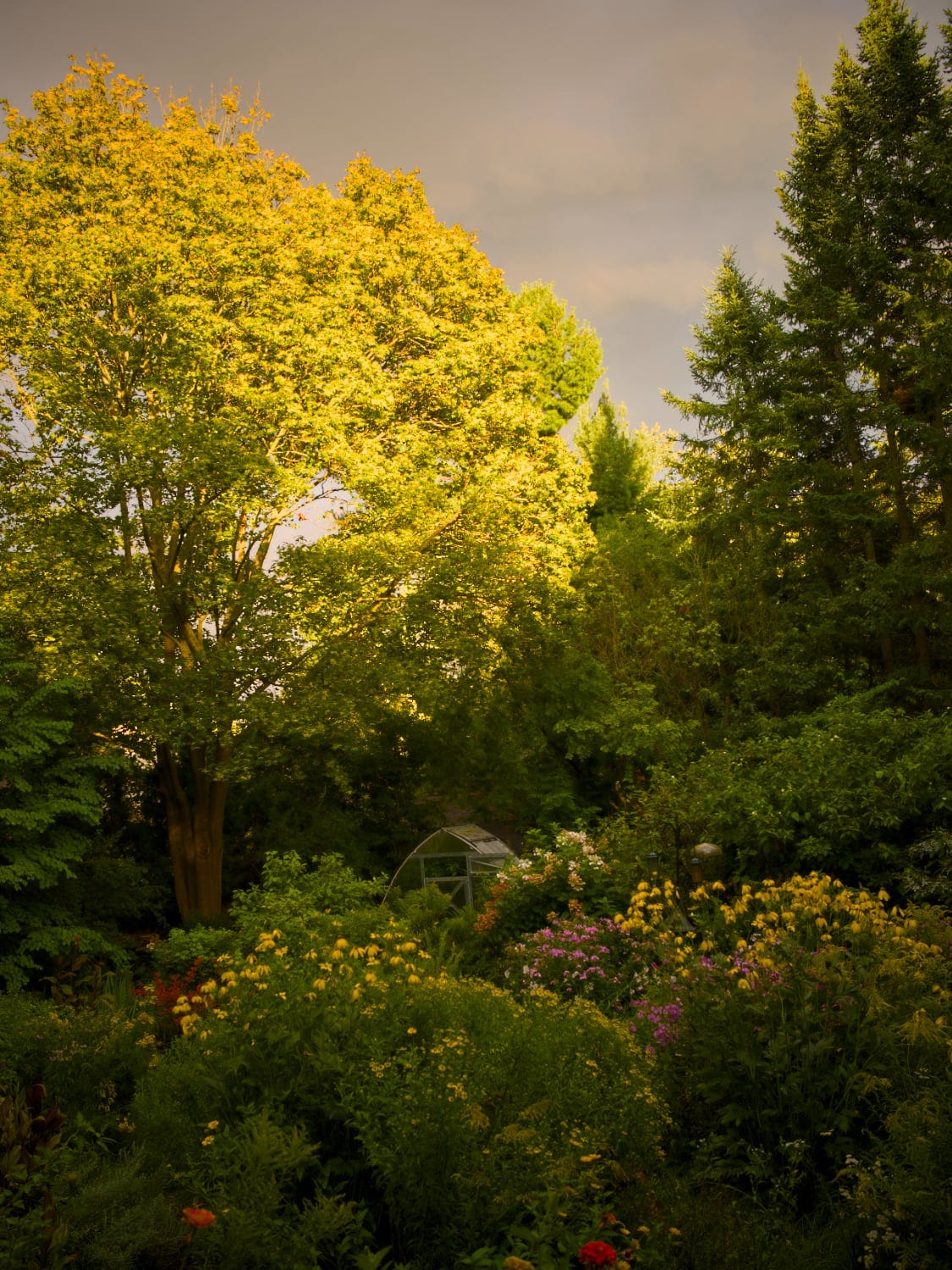


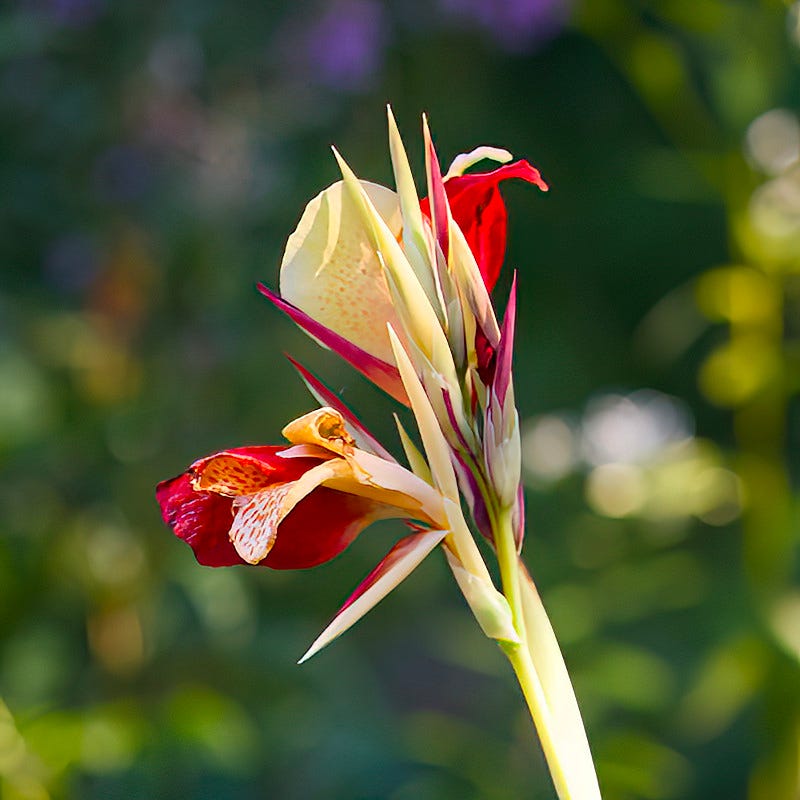
That bioblitz count was gratifying given the adverse conditions. I doubt I could have found even a tenth of that number in my own backyard and about half that number would be weed species!